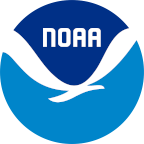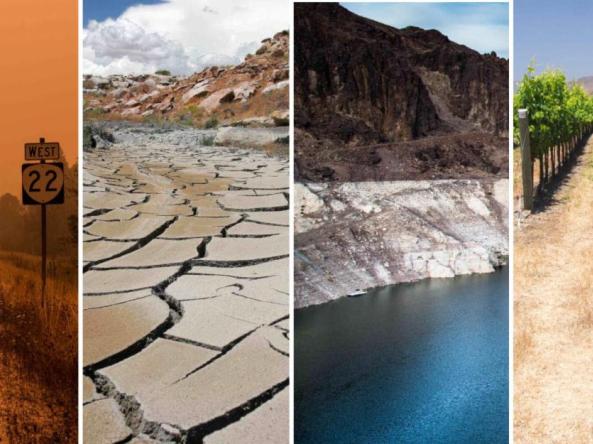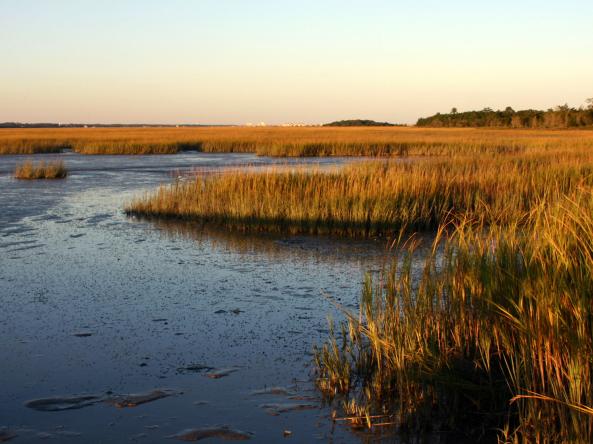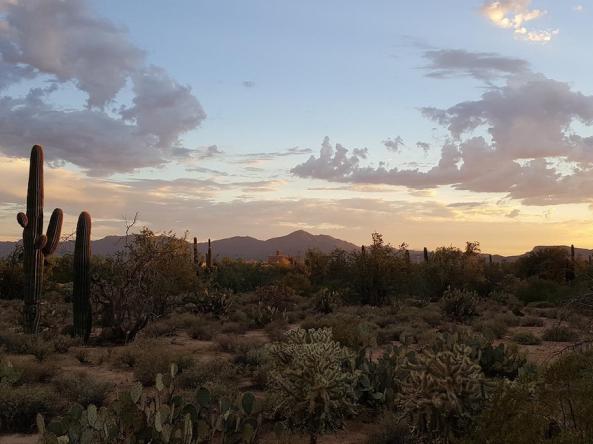For the latest forecasts and critical weather information, visit weather.gov.
The Southern Plains has been in extreme to exceptional drought since September 2021. This drought has been dynamic, changing almost month to month through the winter and spring. Intense heat and the rapid intensification of drought conditions through June and July made this webinar ever more timely.
The U.S. Geological Survey (USGS) and NOAA’s National Integrated Drought Information System (NIDIS) are holding a series of listening sessions on Drought Prediction and Water Availability to seek input on priorities and needs related to predicting water availability changes under drought conditions at national and regional scales. This input will be used to guide USGS Drought Program planning and orientation, as well as to inform other national drought programs.
Most of the Southeast region was hot and dry for the past 30 days. Temperatures were above average and included some record highs. Precipitation was variable, but generally below average for most of the region. The heat and dryness have contributed to the intensification of drought conditions in the region including the eastern Carolinas and Georgia, with agricultural impacts being observed.
NOAA’s National Integrated Drought Information System (NIDIS) and National Integrated Heat Health Information System (NIHHIS) co-hosted two webinars in collaboration with their federal, tribal, state, and local partners, focused on drought and heat in the West and the Southern Plains. The second webinar, held from 2 p.m. to 3:45 p.m. CT on July 21, focused on the Southern Plains (Kansas, New Mexico, Oklahoma, and Texas).
NOAA’s National Integrated Drought Information System (NIDIS) and National Integrated Heat Health Information System (NIHHIS) co-hosted two webinars in collaboration with their federal, tribal, state, and local partners, focused on drought and heat in the West and the Southern Plains. The first webinar, held from 10 a.m. to 12 p.m. MT on July 21, focused on the Western U.S. (Southwest, California, Pacific Northwest, Missouri River Basin, and Alaska).
The Wyoming Conditions Monitoring Team (WCMT) and partners hosted the Wyoming Drought Conditions & Outlooks public webinar on Thursday, June 16 from 1–2 p.m. MT. The webinar started with a 45-minute presentation by several climate, water, weather, and wildland fire experts, followed by a Q&A session.
The U.S. Geological Survey (USGS) and NOAA’s National Integrated Drought Information System (NIDIS) are holding a series of listening sessions on Drought Prediction and Water Availability to seek input on priorities and needs related to predicting water availability changes under drought conditions at national and regional scales. This input will be used to guide USGS Drought Program planning and orientation, as well as to inform other national drought programs.
The Southeast Climate monthly webinar series provides the Southeast with timely information on current and developing climate conditions such as drought, floods, and tropical storms, as well as climatic events like El Niño and La Niña. The November 2022 webinar's special presentation was the El Niño–Southern Oscillation (ENSO) and the 2022–23 Winter Outlook.





